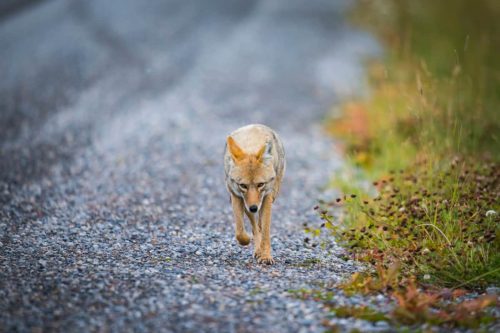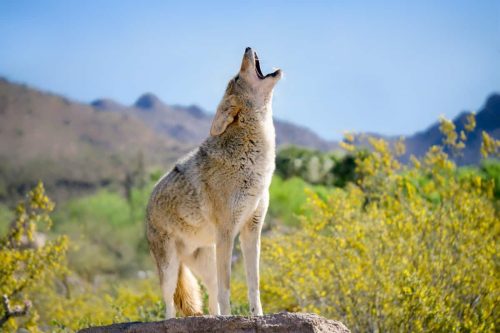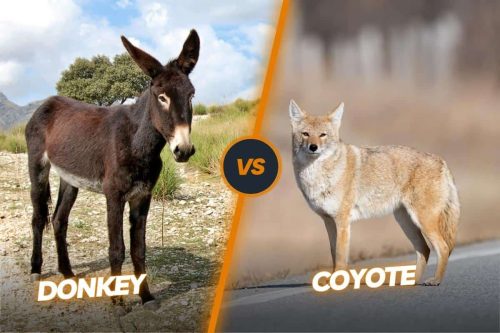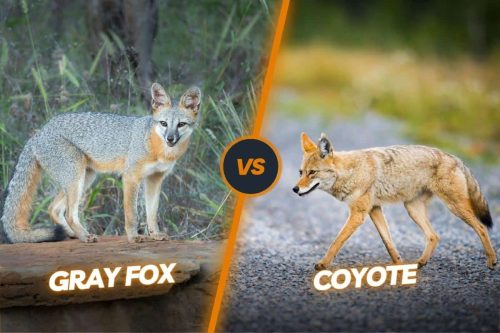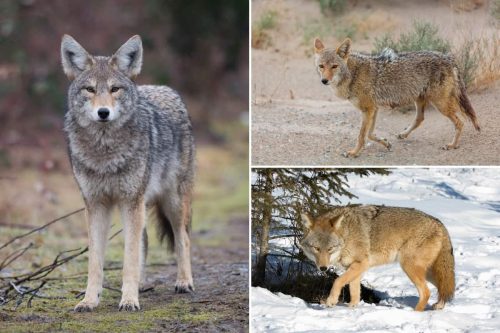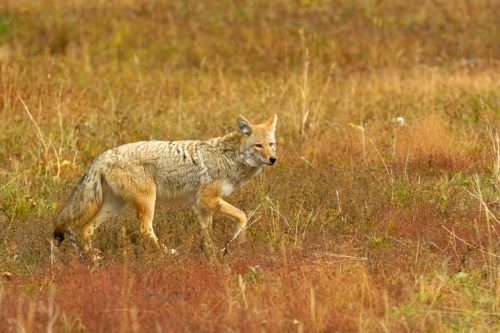Coyotes in Alabama: Ecology, Coexistence, & Hunting Regulations
Coyotes are found throughout North America, including Alabama. They have become quite common across the Alabama state. In fact, coyotes are the largest carnivores in the state and they can eat a wide variety of animals. Coyotes are also the only wild animal that is doing so well in urban and suburban environments of the state as they are being more frequently spotted in the residential areas of the state.
As the population of coyotes in the state is multiplying, the complaints about coyote damage from the landowners have also increased. But you couldn’t blame the coyote only for all the damage being done. Some free-ranging dogs are also responsible for this. People in the Alabama state have also become fearful of coyote presence and they are registering complaints against them. There are also many other myths about the coyotes of Alabama.
In this article, we are going to discuss in detail the presence of coyotes in Alabama and we are going to separate the facts from fiction and clear all your confusions about the coyotes in the state.
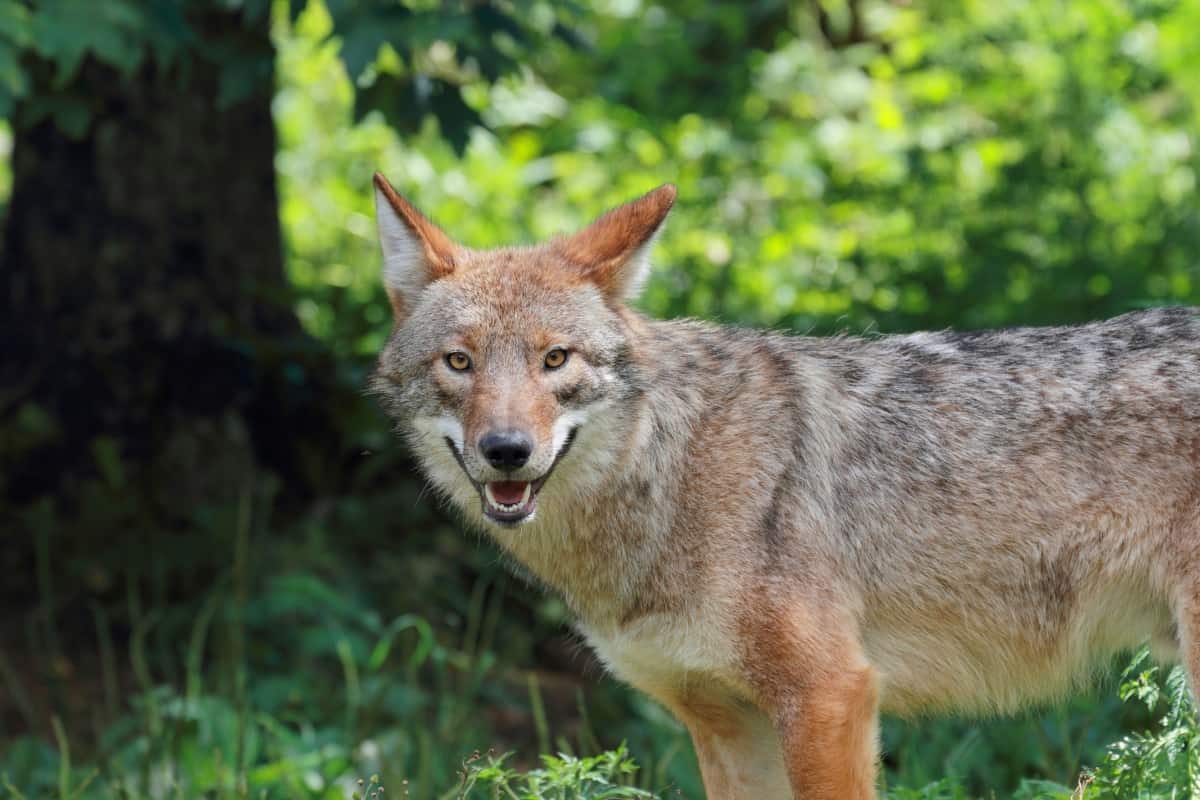
Contents
Historical background of coyotes in Alabama
Coyotes are actually not the native wild animal of the state. They have just moved into the state a few decades before. First of all, Foxhunters of the state shifted the coyotes to Alabama state in the 1920s and 1930s. Coyotes have also naturally moved toward the Eastern side of the USA. There was also a time when Alabama had the dominant canine species named wolves which were much more dangerous than coyotes.
In this regard, the red and grey wolves were the main species. The wolves were exterminated from the state in the early 1900s. After that, the coyotes started expanding in the state mainly from the Midwest regions. Some hunters had also imported coyotes into the region for sport purpose. In the mid-1960s, the population of coyotes has become widespread throughout the state of Alabama. It has been estimated that coyotes are now available in almost all 67 counties of the state.
Also, read coyotes in Connecticut to learn more about their presence.
Impacts of the coyotes in the Alabama state
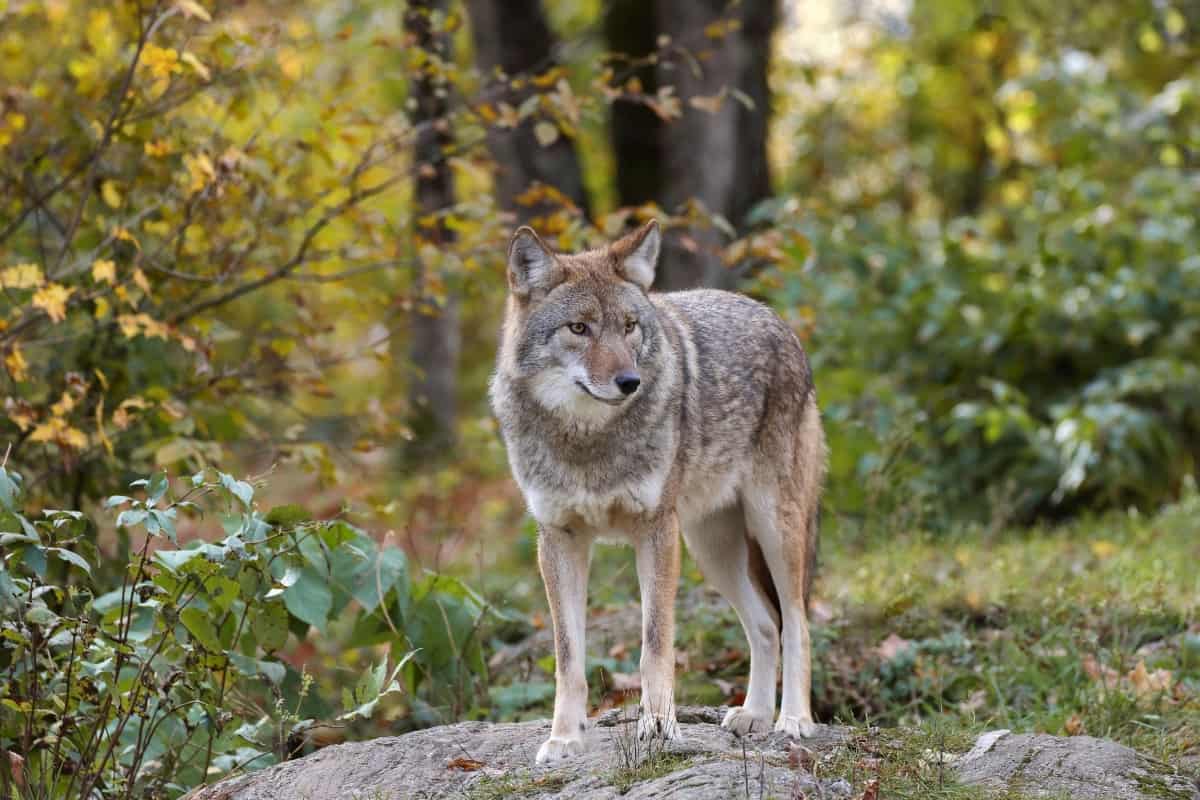
Coyotes in Alabama, as in other areas, can have various impacts on ecosystems, wildlife, and human communities. Here are some of the key impacts of coyotes in the state:
Predation on Wildlife
Coyotes are opportunistic predators and can have an impact on populations of smaller mammals, birds, and reptiles. While they primarily feed on rodents, they may also prey on ground-nesting birds, eggs, and even fawns. This can potentially influence local prey populations and ecosystem dynamics.
Competition with Native Predators
Coyotes are considered top-level predators in many areas they inhabit. Their presence can lead to competition with other native predators such as foxes and bobcats, potentially affecting the dynamics of these species and their prey.
Predation on Livestock
Coyotes can pose a threat to livestock, especially young and vulnerable animals. This can result in economic losses for farmers and ranchers who may experience predation on their animals.
Endangered Species
In some cases, coyotes can pose a threat to endangered or vulnerable species. They may prey on species that are already at risk due to habitat loss and other factors.
Urban and Suburban Interactions
Coyotes are highly adaptable and have successfully colonized urban and suburban areas. While their presence can help control rodent populations, they can also come into conflict with humans by scavenging in the garbage, preying on small pets, and occasionally exhibiting bold behavior towards humans.
Ecological Role
Coyotes play a role in maintaining the balance of ecosystems by controlling the populations of smaller prey species. Their presence can have cascading effects on vegetation, other predator populations, and the overall health of ecosystems.
Disease Transmission
Coyotes, like many wildlife species, can carry diseases such as rabies, mange, and distemper. Their presence in urban areas can increase the potential for disease transmission between wildlife, domestic animals, and humans.
Human Responses
The presence of coyotes can lead to mixed reactions from residents. Some people appreciate their role in controlling pests, while others may be concerned about their proximity to humans and pets. In some cases, efforts to control coyote populations or reduce conflicts can lead to debates about the ethics and effectiveness of various management strategies.
What are the damage-preventing measures which we can take?
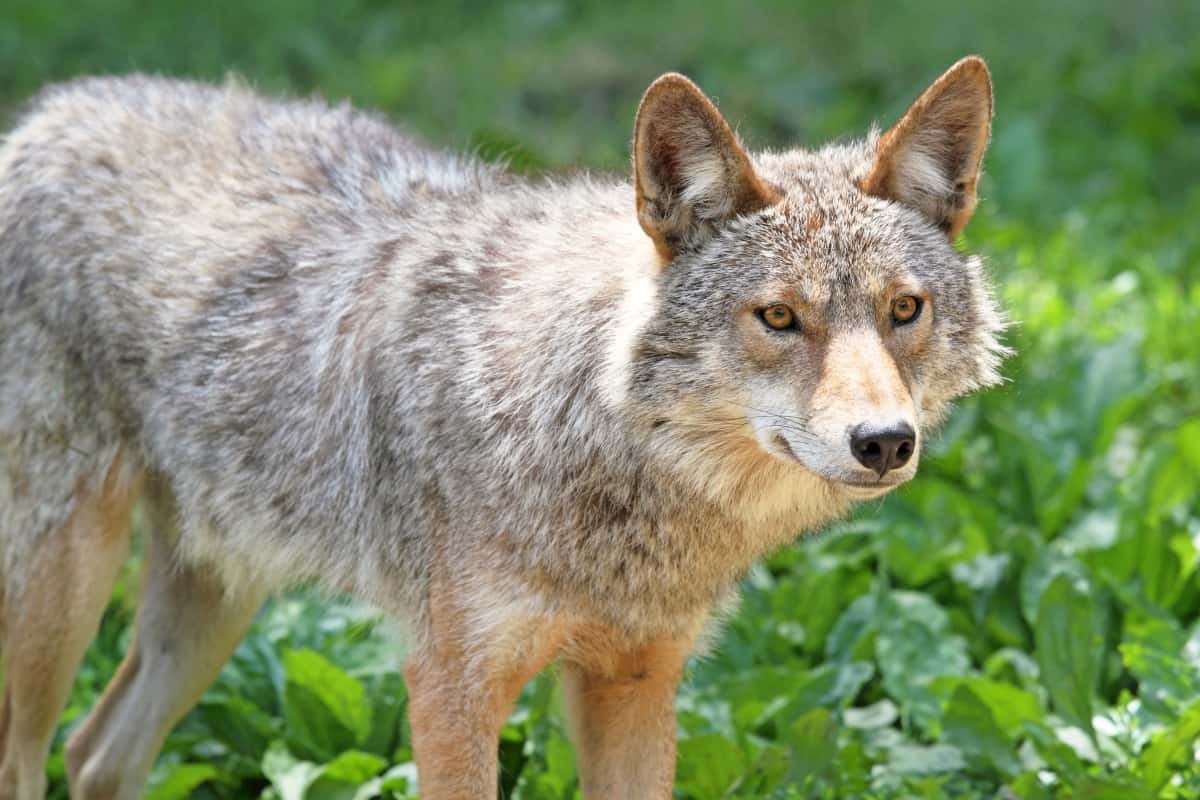
To prevent or minimize damage caused by coyotes in Alabama, it’s important to take proactive measures that promote coexistence between humans and wildlife. Here are some strategies you can consider:
Read more: Are there coyotes in Florida?
What are the rules for hunting coyotes in Alabama?
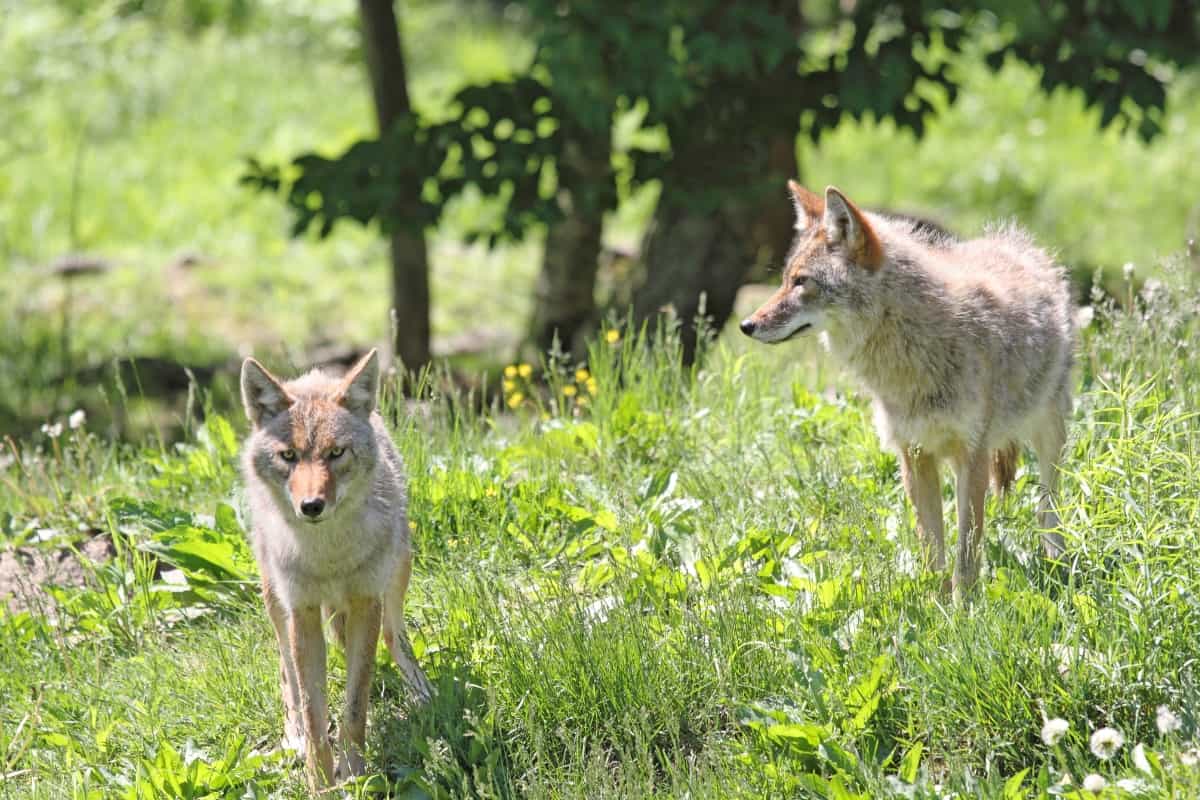
As you already, coyotes have become available in such a large number in Alabama state that it is necessary should do something for maintaining their population in the state. In this regard, some rules have also been introduced for the hunting and trapping of coyotes. It was only recently in 2022, the hunting of coyotes was declared legal in the nighttime.
Generally, it is legal to hunt the coyotes throughout the year in the daytime but it is also allowed to hunt them in the nighttime during specific days and time periods. However, you need to follow some stipulations and regulations before engaging yourself in the hunting and trapping activities of the coyotes.
Here are some general guidelines that were in place for hunting coyotes in Alabama:
Frequently asked questions
Conclusion
The presence of coyotes in Alabama offers a fascinating glimpse into a web of nature’s balance. As adaptable and resilient creatures, these canids have managed to sustain themselves in a wide range of habitats, from sprawling forests to bustling urban neighborhoods. However, their presence also sparks discussions about livestock protection, pet safety, and responsible wildlife management. Striking a harmonious balance between these different perspectives is crucial to fostering a sustainable and thriving environment for all inhabitants.
As residents of Alabama, it’s our shared responsibility to embrace a multifaceted approach to coexisting with coyotes. This entails employing preventive measures, such as securing garbage and keeping small pets safe, to reduce potential conflicts.

Izzy is an experienced ranch worker who has a passion for exploring nature and getting up close to wildlife. With her connections to various animal organizations, Izzy is well-versed in animal care and rehabilitation.

